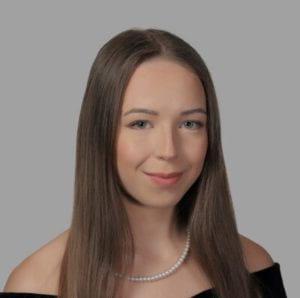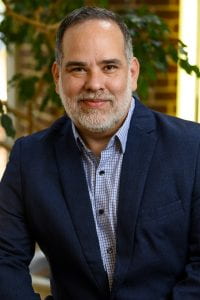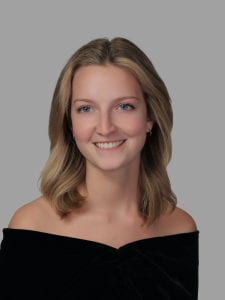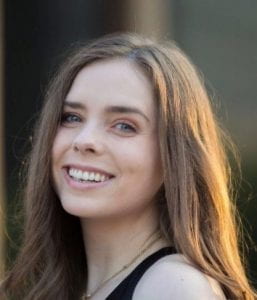Previously we had the chance to ask the winners of this year’s poster session some questions about their participation, here is what they had to say:
1. Can you give us a layman’s terms explanation of your project?
Saifiyah:

“In this project, I investigated the relationship between chronic (trait) loneliness and momentary (state) loneliness in conjunction with other related variables such as social anxiety and depression. Findings support the “differential reactivity hypothesis” of loneliness, which states that chronically lonely individuals respond differently to the social information in their environment than non-lonely individuals. These findings have important implications for the how we conceptualize, study, and treat loneliness in the future.”
Tyler:

“Constrained choices, or justices for whom some political or non-legal factor limited the size of the selection pool they were drawn from, vote differently than “first picks.” I found that when presidents are constrained in their selection pool when nominating justices, those justices do indeed vote more moderately than when the choice is unconstrained.”
Joshua:

“Light from 14 billion years ago (called the “Cosmic Microwave Background”) gives us clues into what the early universe was like, but often, because of the massive objects in space (like galaxies and galaxy clusters), it becomes warped and distorted on its way to us. We used a “delensing” procedure to reverse the distortion on simulated data to see if we could make more precise inferences about the universe (especially for extensions of our current model of the universe). We found that we could improve the precision of inferences up to the range of 20%-30%, which will be key in deriving as much information as possible from future measurements!”
2. How long have you worked on this project?
Saifiyah:
“I have been working on this project for the entire school year.”
Tyler:
“I have been working on this project for about 9 months now. Last May, I received a research fellowship from the Tower Center to pursue this project. I spent first six or seven months reading through all the cases I used in my study to collect the raw data, and I am now in the “polishing and presenting” stage.”
Joshua:
“I’ve been working on this project since the beginning of the Fall semester through the Hamilton Scholarship.”
3. How did you prepare, design, and print your poster?
Saifiyah:
“Under the guidance of my faculty advisor and graduate student mentor, I developed a draft of short-form, easily digestible text, which I then tried to creatively fit into a “landscape” style design for the poster. I was able to print the poster through the psychology department here on campus.”
Tyler:
“I designed my poster using Canva. Being a business major as well as political science, I have had cause to design many slide decks and flyers throughout my time at SMU, and the many templates and design features available in Canva make creating a professional and visually aesthetic poster very easy. I had it printed through SMU’s copy central; they are absolutely amazing, and had my poster ready in only one day!”
Joshua:
“I worked on my poster mostly during the week before and the week of Spring Break. The design, itself, didn’t take too long (the information and graphs weren’t difficult to add), but I spent a long time figuring out the best way to explain my material. I know these aren’t everyday concepts people interact with, so it took some time to know what information to omit, how to simplify the information I do include, and how to make a clear throughline evident while still preserving the meaning of the research. It was absolutely a challenge, but I’m really happy with where it ended up!”
4. What was your favorite part about presenting your poster?
Saifiyah:
“Presenting my poster was a thrilling experience, and my favorite part was the opportunity to share my research and ideas with fellow researchers and scholars. As an undergraduate student, it was a unique chance to showcase my work to an audience and engage in stimulating discussions about my research with peers who have diverse perspectives and expertise. I was also incredibly grateful to receive recognition for my hard work and dedication, particularly as I stood among my highly talented peers from different disciplines being recognized for their incredible work as well.”
Tyler:
“The most rewarding part of presenting my poster was getting to share my excitement with other academics that were interested in my topic. I am incredibly passionate about political science, especially Supreme Court studies, and it’s not every day that I get to just share my knowledge with others who share a similar interest.”
Joshua:
“I really loved presenting to people in STEM fields other than physics. It meant they had no (or limited) background with the concepts I was dealing with, but still dealt with technical and analytical tools in their own work. It meant I had to explain concepts in a way that was both precise and accessible, and it meant they had incredibly insightful questions! It was really a joy to present to all the chemists, mathematicians, etc. that came by.”
5. Any tips for future presenters?
Saifiyah:
“To future presenters, my advice would be to start early and give yourself enough time to prepare your poster and practice your presentation. It is essential to communicate your research in a clear and concise manner, so it helps to practice explaining your work to others outside of your discipline. I would also recommend taking advantage of the opportunity to engage with peers both in and outside of the field of your research, as their feedback can help you improve your delivery and anticipate potential questions.”
Tyler:
“Get started early and attend the workshops! I had never designed a research poster before this experience, and I felt incredibly lost when I began working on my poster. The workshops that Dr. Neal offered gave me very strong guidance and helped me focus my ideas into the final product. Once I learned that creativity counted with these sorts of posters and not just raw data, my process was completely different than it would have been had I not sought help.”
Joshua:
“I think practicing your presentation is the most important part. Even if you understand your research, it’s a completely different game to try and explain what you’re doing to people who are in completely different fields. Try figuring out how to explain your work at different levels, so you’re ready for anyone who comes by!”





